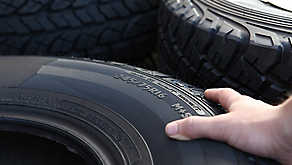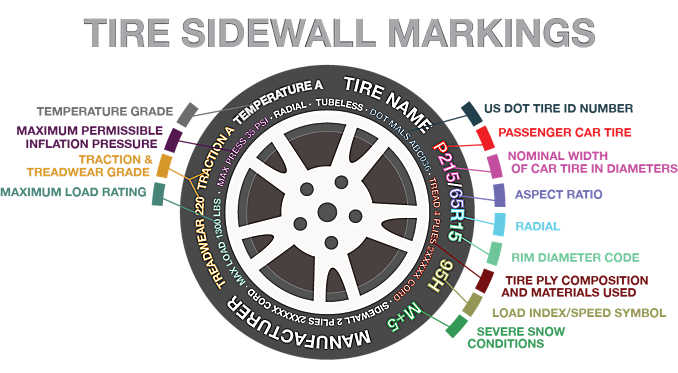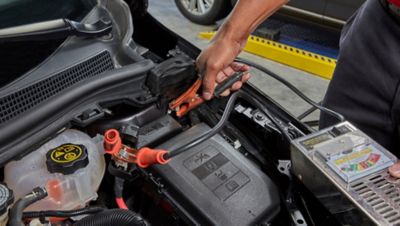Trying to make sense of the jumble of numbers and letters on a tire sidewall? We'll explain!

Each of your tires has useful information molded right into its sidewall. You'll find the tire's brand, size, construction details, maximum load and inflation pressure, as well as traction, treadwear and temperature grades. The trick is knowing where to look. The diagram below will help you make sense of your tire's sidewall:
Passenger Tires
The tire sidewall shown above is an example of a popular "P-metric," speed-rated tire. "P" indicates that it's a passenger tire; 215 represents the width of the tire in millimeters; "65" is the height to width ratio; "R" indicates radial construction; "15" is the rim diameter code; and "95H" is the optional service description that consists of the load index (95) and the "H" speed rating. "Temperature A" reflects the temperature grade.
Some older speed-rated tires may include the speed symbol immediately before the "R" instead of providing a service description. A "B" in place of the "R" would indicate diagonal bias construction. "M+S" with the mountain/snowflake symbol indicates that the tire meets the RMA (Rubber Manufacturers Association) specifications for use in severe snow conditions.
The maximum load recommendation is shown in kg (kilograms) and in lbs (pounds), and the maximum air pressure is shown in kPa (kilopascals) and PSI (pounds per square inch). Safety Note: These are the maximum air pressure levels, not the recommended pressure for the tire when mounted on rims for your vehicle. The vehicle manufacturer's pressure recommendations (found on a decal on the doorjamb or in the glove compartment) must always be used when inflating your tires.
The DOT Code and Your Safety
The "DOT" letters indicate manufacturing compliance with all applicable safety standards established by the U.S. Department of Transportation (DOT). Next to the DOT letters is an alpha/numeric serial number, commonly referred to as the DOT Code, with up to 12 digits. This code provides manufacturer detail and the last 5 numbers indicate the week and year that the tire was made. For example, "1501" indicates that the tire was manufactured during the 15th week of year 2001. This information is critical should there ever be evidence of a manufacturing problem and a tire recall. We encourage you to register your tires so that manufacturers can contact you in the case of a recall.
Additional Tire Size and Capacity Information
There are other codes on some tires that provide you with additional information, some of which are specific to light truck tire applications. Some of the other codes that you might find on your tires include:
- LT = Stands for light truck application. Example: LT235/85R16
- C, D or E = Load range indication for light truck applications
- REIN = Reinforced
- OWL = Outlined White Letters
- RWL = Raised White Letters
- ORWL = Outlined Raised White Letters
- B, BLK, BW, BSW = Blackwall or Black Sidewall
- W, WW, WSE = Whitewall or White Sidewall
- XNW = Extra Narrow White Width
- XL = Extra Load Capacity


